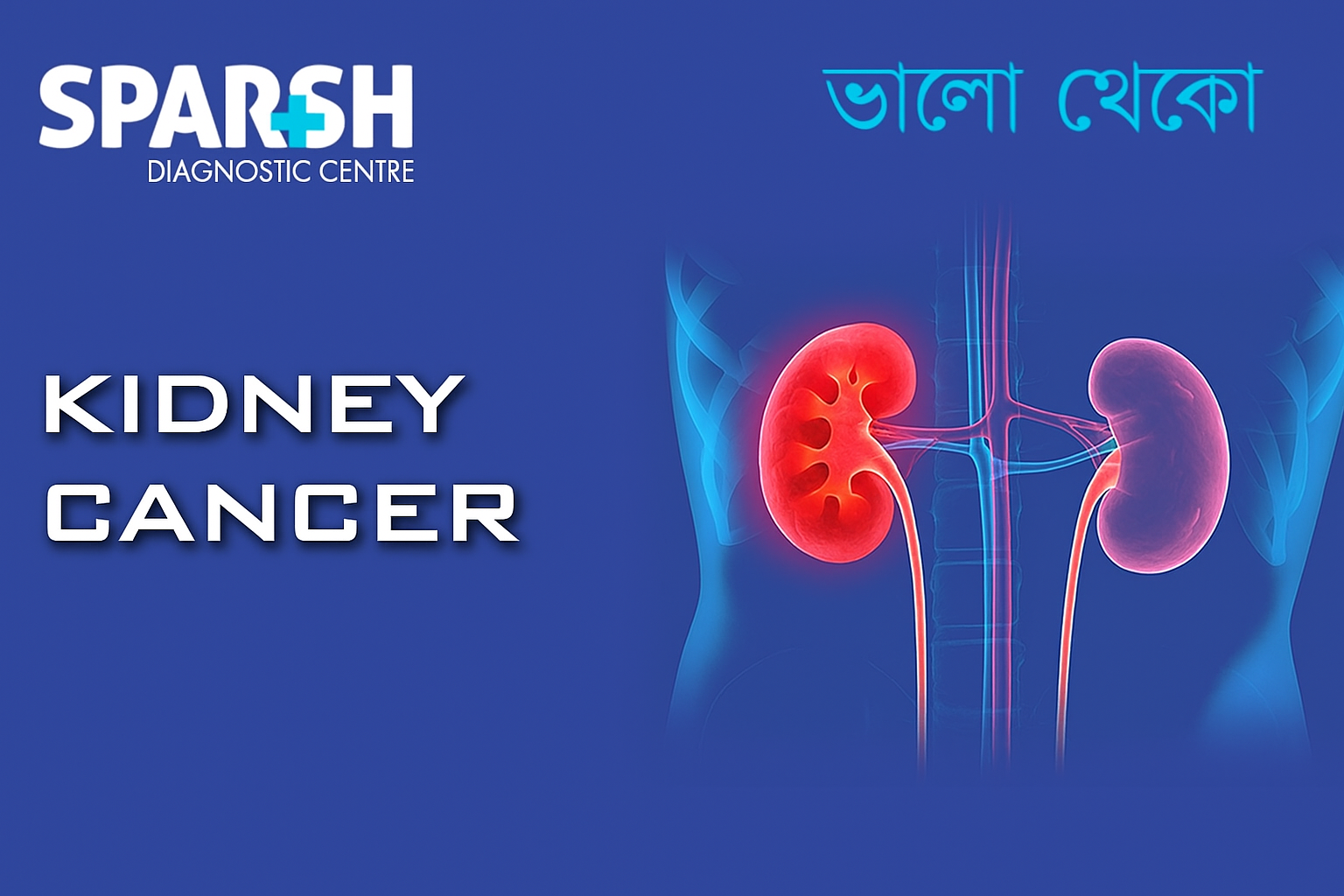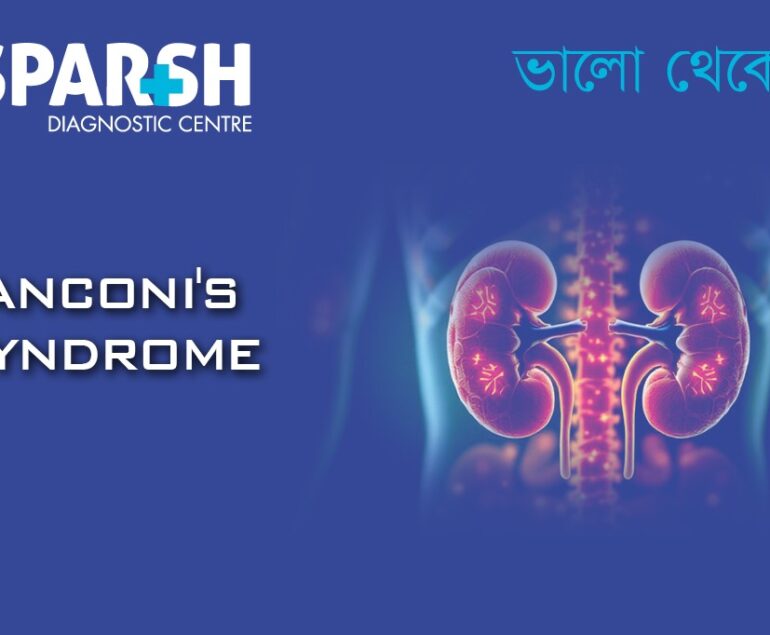Kidney cancer, also known as renal cell carcinoma (RCC), is one of the most common cancers affecting the urinary system. The kidneys, two bean-shaped organs located on either side of the spine, play a crucial role in filtering waste and maintaining fluid balance in the body. When abnormal cells in the kidney begin to grow uncontrollably, they form a tumor that can interfere with kidney function and spread to other parts of the body if left untreated.
According to global cancer statistics, kidney cancer accounts for about 2–3% of all cancers, with a higher incidence in men compared to women. The good news is that with early diagnosis and advancements in treatment, survival rates have significantly improved.
This blog provides a comprehensive guide on kidney cancer — from symptoms and causes to diagnosis, treatment, and prevention.
Understanding Kidney Cancer
The term kidney cancer typically refers to renal cell carcinoma (RCC), which makes up about 85–90% of cases. Other less common types include:
Transitional cell carcinoma (TCC): Originates in the lining of the renal pelvis.
Wilms tumor: Most common in children.
Renal sarcoma: A rare cancer starting in the kidney’s connective tissues.
The severity and progression of kidney cancer depend on factors such as type, tumor size, stage, and spread (metastasis).
Causes and risk factors of Kidney Cancer
Kidney cancer doesn’t always have a clear cause, but several risk factors increase its likelihood:
1. Lifestyle-related Risk Factors
Smoking: Doubles the risk of kidney cancer.
Obesity: Excess body weight alters hormone levels, increasing risk.
High blood pressure: Chronic hypertension is strongly linked with RCC.
2. Genetic and Medical Factors
Family history: A close relative with kidney cancer raises risk.
Inherited syndromes: Such as von Hippel-Lindau disease and hereditary papillary renal carcinoma.
Chronic kidney disease and dialysis: Long-term kidney damage elevates cancer risk.
3. Occupational Exposures
Contact with chemicals such as cadmium, asbestos, or some herbicides increases risk.
4. Age and Gender
Most common in people over 55.
Men are almost twice as likely to develop kidney cancer as women.
Signs and Symptoms of Kidney Cancer
Kidney cancer is often called a “silent disease” because it may not show symptoms in its early stages. Many cases are detected incidentally during imaging tests for unrelated health issues.
Common symptoms include:
Blood in urine (hematuria): Pink, red, or cola-colored urine.
Persistent pain in the side or back: Usually below the ribs.
Unexplained weight loss: Without changes in diet or exercise.
Fatigue: Constant tiredness or lack of energy.
Lump or mass in the abdomen: May be felt during a physical exam.
Loss of appetite and fever: That comes and goes.
Anemia or high red blood cell count: Kidney tumors can affect blood cell production.
Diagnosis of Kidney Cancer
Accurate diagnosis is critical for determining treatment. Tests include:
1. Medical History and Physical Examination
Doctors assess symptoms, family history, and risk factors.
2. Laboratory Tests
Urinalysis: Checks for blood in urine.
Blood tests: Assess kidney function and detect anemia or abnormal calcium levels.
3. Imaging Tests
Ultrasound: First step to detect abnormal growth.
CT scan (Computed Tomography): Gold standard for identifying tumor size, spread, and location.
MRI (Magnetic Resonance Imaging): Useful if CT contrast is not possible.
4. Biopsy
A small sample of tissue is taken from the kidney and examined under a microscope to confirm cancer.
Stages of Kidney Cancer
Staging helps guide treatment and predict outcomes.
Stage I: Tumor ≤ 7 cm, limited to the kidney.
Stage II: Tumor > 7 cm, still confined to the kidney.
Stage III: Cancer spreads to nearby lymph nodes or blood vessels.
Stage IV: Cancer spreads to distant organs like lungs, bones, or liver.
Treatment options for Kidney Cancer
Treatment depends on cancer stage, overall health, and kidney function.
1. Surgery (Primary Treatment)
Partial nephrectomy: Removes only the tumor and part of the kidney (preferred when possible).
Radical nephrectomy: Removes the entire kidney along with surrounding tissue.
2. Targeted Therapy
Drugs target specific cancer cell pathways. Examples: sunitinib, pazopanib, cabozantinib.
3. Immunotherapy
Boosts the immune system to fight cancer. Examples: nivolumab, pembrolizumab, interleukin-2.
4. Radiation Therapy
Not commonly used for primary kidney cancer but helpful for symptom relief if it spreads to bones or brain.
5. Chemotherapy
Generally less effective for kidney cancer, but sometimes used in rare cases.
6. Ablation and Embolization
Cryoablation: Freezes cancer cells.
Radiofrequency ablation: Uses heat to destroy tumor cells.
Arterial embolization: Blocks blood supply to tumor.
Prognosis and Survival Rates
The survival rate varies depending on stage:
Stage I: 81–90% five-year survival rate.
Stage II: Around 75%.
Stage III: About 50–60%.
Stage IV: Drops significantly, around 10–15%.
Preventing Kidney Cancer
While not all cases are preventable, lifestyle changes can reduce risk:
Maintain a healthy weight.
Control blood pressure.
Eat a balanced diet rich in fruits and vegetables.
Limit exposure to harmful chemicals.
Get regular check-ups, especially with a family history of kidney cancer.
👉 Controlling High Blood Pressure is especially important since hypertension is a strong risk factor.
Living with Kidney Cancer
A kidney cancer diagnosis can be overwhelming, but support and lifestyle management are essential:
Follow-up care: Regular imaging and blood tests to monitor recurrence.
Nutrition and exercise: Help maintain strength and overall health.
Support groups and counseling: Improve mental well-being.
Kidney health monitoring: If one kidney is removed, the other must be protected through diet and medical care.
Kidney cancer is a serious but treatable disease when detected early. Understanding the symptoms, risk factors, and treatment options can empower patients and families to make informed health decisions. With modern therapies, survival rates are improving, and many people live long, healthy lives after treatment.
If you experience symptoms such as blood in urine, persistent flank pain, or unexplained weight loss, consult a healthcare professional promptly. Early detection remains the cornerstone of better outcomes.
FAQ Section
1. What is the most common type of kidney cancer?
Renal cell carcinoma (RCC) is the most common type, accounting for about 85–90% of cases.
2. Can kidney cancer be cured?
Yes, if detected early and treated with surgery, many cases can be cured. Advanced cases may not be fully curable but can be managed with targeted therapy and immunotherapy.
3. Does kidney cancer always show symptoms?
No. Many cases are found incidentally during imaging for other conditions.
4. Who is most at risk of kidney cancer?
Men over 55, smokers, obese individuals, people with high blood pressure, and those with a family history of kidney cancer are at higher risk.
5. Can you live with one kidney after cancer surgery?
Yes. Most people can live normal, healthy lives with one kidney, provided they maintain proper diet and medical care.
6. Is chemotherapy effective for kidney cancer?
Chemotherapy is generally less effective, but targeted therapy and immunotherapy are now standard treatments.
7. How can I lower my risk of kidney cancer?
By avoiding smoking, maintaining a healthy lifestyle, managing blood pressure, and minimizing exposure to harmful chemicals.
#BhaloTheko
Disclaimer:
No content on this site, regardless of date, should ever be used as a substitute for direct medical advice from your doctor or other qualified clinician.

![]()





